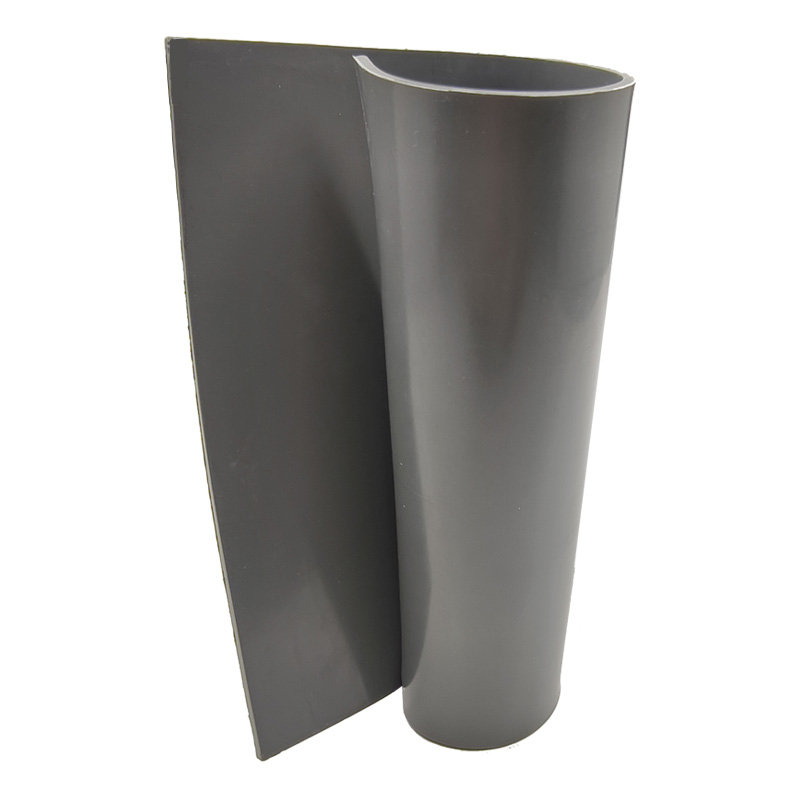What are the Key Properties of EPDM Rubber Compound for O-Ring, and How Do They Affect Performance?
2024-10-14

What are the key properties of EPDM Rubber Compound for O-RING?
EPDM rubber exhibits exceptional chemical resistance, making it suitable for use in harsh industrial environments. It has excellent resistance to acids, alkalis, and polar solvents, making it ideal for use in a broad range of applications. Moreover, it is anti-static, which means it will not accumulate static charges that could damage delicate electronic equipment. Another key property of EPDM rubber compound for O-rings is its excellent thermal stability. It can withstand temperatures up to 150°C, making it ideal for use in high-temperature applications. It also has good electrical insulation properties, making it ideal for electrical applications.How do the key properties of EPDM Rubber Compound for O-RING affect performance?
The key properties of EPDM rubber compound for O-rings affect its overall performance in terms of durability, reliability, and efficiency. Its excellent heat, water, and chemical resistance ensure that the O-ring can withstand exposure to a wide range of harsh environmental conditions, which means it can last longer than other types of rubber O-rings. Its high tensile strength and low compression set ensure that the O-ring maintains its shape and effectiveness over long periods, which enhances its reliability. Additionally, its anti-static, electrical insulation properties ensure that it will not damage electronic equipment, which enhances its efficiency further.Conclusion
In conclusion, EPDM Rubber Compound for O-RING is a versatile, reliable, and efficient material that has a wide range of applications in several industries. Its unique chemical, thermal, and electrical properties make it an ideal choice for use in harsh environments. At Xiamen Sanlongda Rubber Industry Co., Ltd., we specialize in manufacturing high-quality EPDM rubber O-rings and other rubber parts. Contact us at dylan@tec-rubber.com to learn more about our products and services.Scientific Research Papers
1. Y. Tanaka, et al. (1999) "Effects of Gamma Radiations on EPDM Seals," Radiation Physics and Chemistry, 55(1), 91-94.
2. J.Y. Kim, et al. (2005) "A study on the Properties of EPDM for Heat Resistance," Polymer Testing, 24(7), 885-893.
3. M.F. Jamal, et al. (2011) "Effect of Filler Loading on the Physical Properties of EPDM-Talc Composites," Polymer-Plastics Technology and Engineering, 50(11), 1125-1130.
4. S.W. Lee, et al. (2015) "High-Performance Fiber-Reinforced EPDM Composites: Mechanical and Thermal Properties," Journal of Applied Polymer Science, 132(12), 41740.
5. J.L. Xu, et al. (2018) "Hybrid Modification of EPDM/Nano-Silica Composite," Polymers & Polymer Composites, 26(1), 56-65.
6. C. Liu, et al. (2020) "Poly(vinylidene fluoride)/Ethylene-Propylene-Diene Rubber/Graphene Nanocomposites with Improved Thermal and Mechanical Properties," Polymers, 12(11), 2464.
7. M.G. Kim, et al. (2009) "Preparation and Characterization of EPDM/TiO2 Composites," Journal of Macromolecular Science, Part B: Physics, 48(3), 533-542.
8. K.G. Kim, et al. (2012) "Experimental Study on the Friction and Wear Characteristics of EPDM Rubber under Dry and Wet Conditions," Tribology Letters, 46(2), 95-104.
9. T. Mollan-Mensah, et al. (2016) "Investigation of the Effect of Multilayer Coextrusion on EPDM Extrudates," Journal of Applied Polymer Science, 133(27), 43687.
10. S. Dileep, et al. (2019) "Performance Evaluation of EPDM O-Ring in Cryogenic Environment," Journal of Failure Analysis and Prevention, 19(4), 1078-1088.





